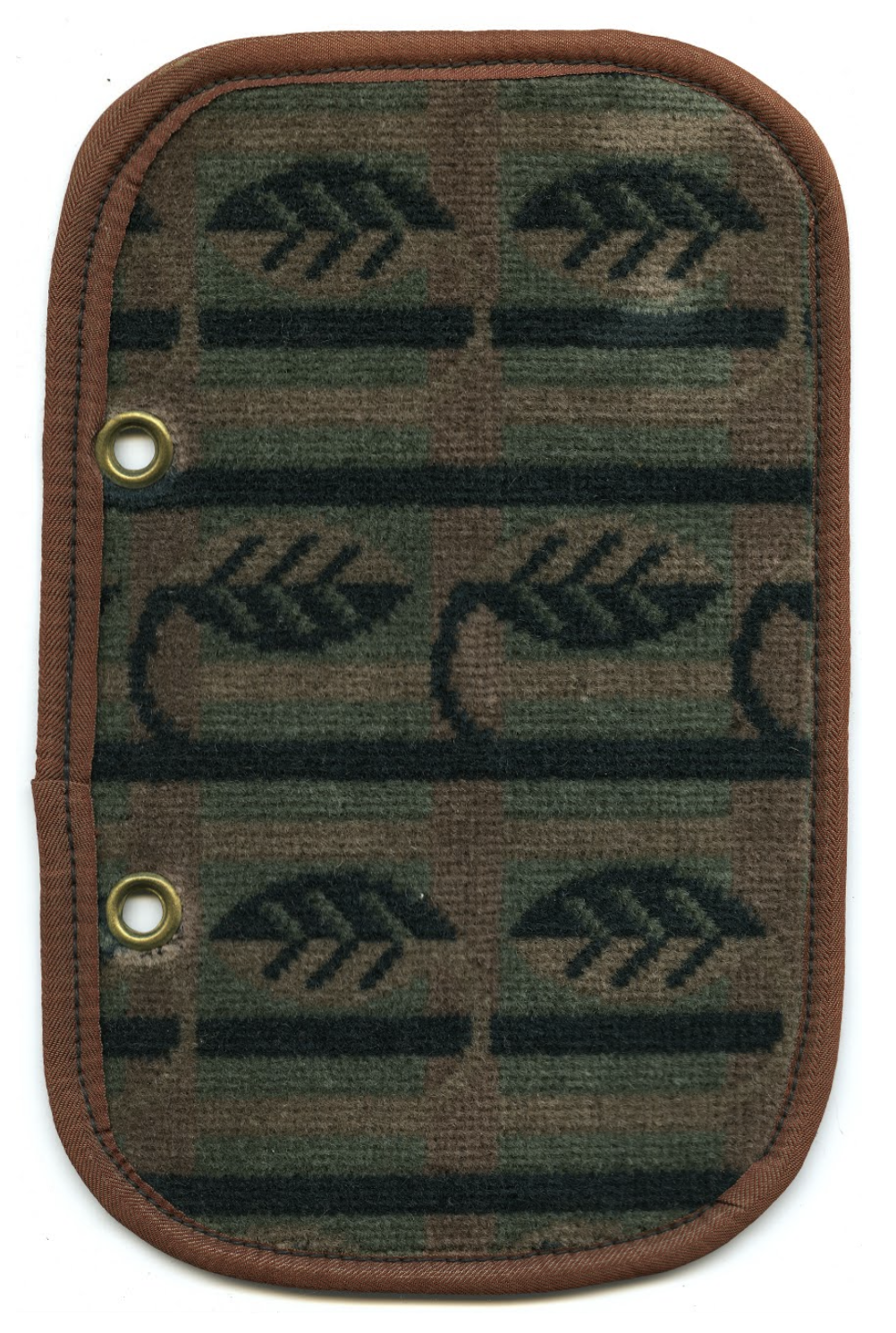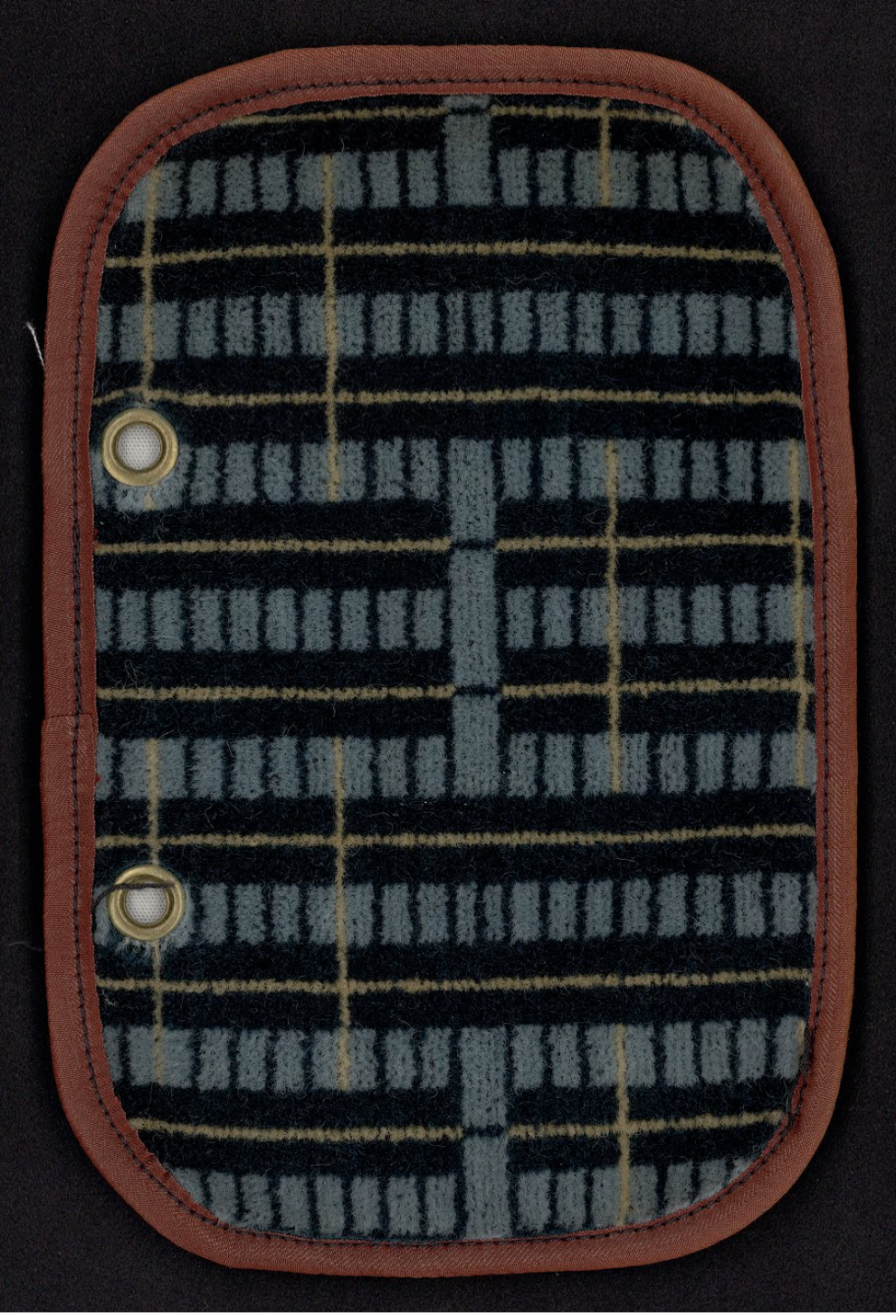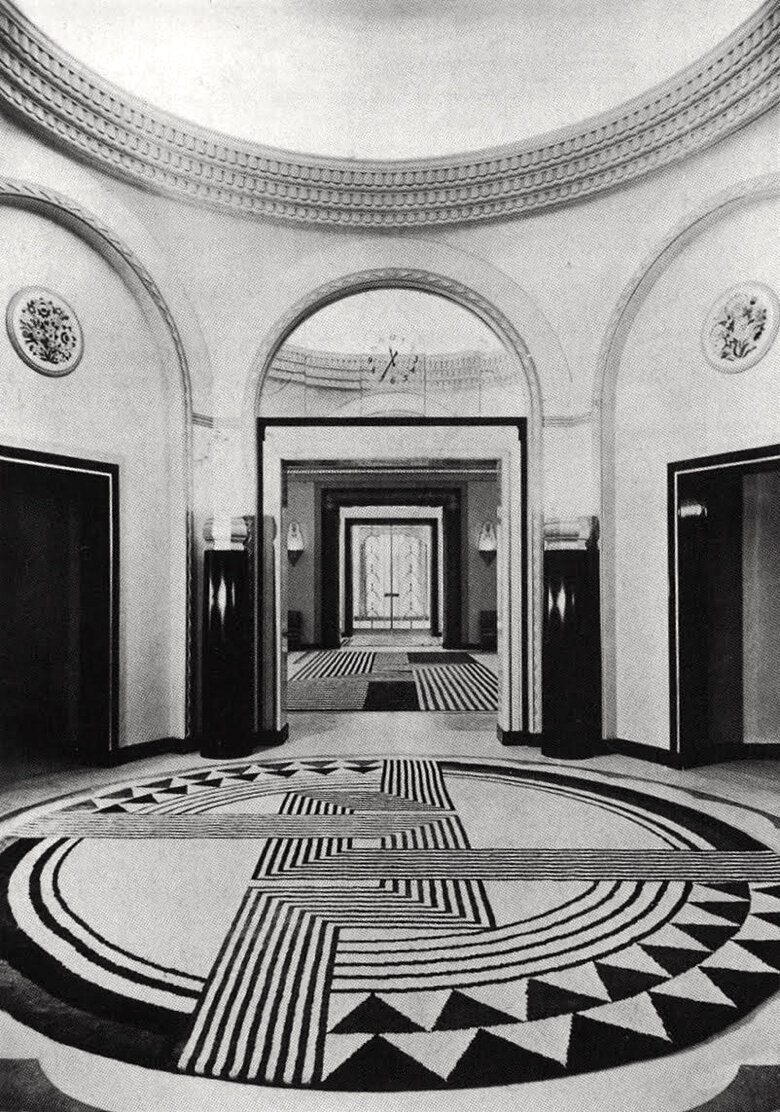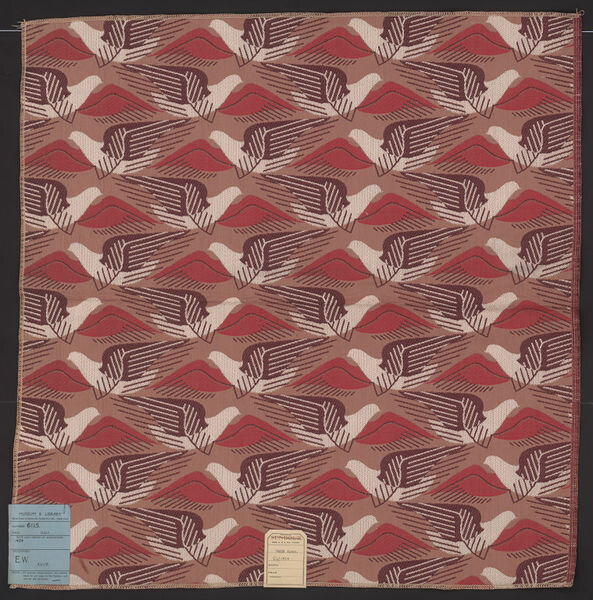Merry Christmas, and Happy Birthday to Marion Dorn!
Candace Wheeler, born in 1827, on March 27th, Or is it 24th? we may never know!
Born in Menlo Park, California, Dorn was one of five children born to Diodemus Socrates Dorn, a lawyer, and Camille Johnson. In 1916 she graduated from Stanford with a BA in Graphic Arts, only 25 years after the first woman graduated from the school. After graduation she moved into a shared studio in the Russian Hill neighborhood of San Francisco, living with her former tutor, artist Henry Varnum Poor, whom she married in July 1919, after which they moved to New York.
‘Colindale' or 'Leaf' moquette sample, design number 7533 NX Marion Dorn, 1937
‘Caledonian’ moquette sample, design number 10346, Marion Dorn, circa 1942
‘Chesham' or 'Ladder' moquette sample, design number 10422, Marion Dorn, 1937
1938 tube stock, interior of a trailer car. Published by Topical Press, 1939.
She participated in Women’s Wear textile design competitions organized by M. D. C Crawford from 1916-1920, along with other artists and designers Ruth Reeves, Ilonka Karasz, and Marguerite Zorach. In 1920, her work was included in the Met Museum’s exhibition “American Industrial Art”. In 1923 she went on a landmark trip to Paris with Ruth Reeves where she met designers like Raoul Dufy. It was then she fell in love with textile design, and moved away from graphics and illustrations after this trip. Paris was also important for her because she met the love of her life, poster designer Edward McKnight Kauffer. Later that same year, she ran away to London with Kauffer, who left his wife and daughter to be with Dorn.
Marion Dorn and her fabrics. House and Garden magazine, July 1947.
Marion Dorn, Edinburg Weavers, 1939. Photo © V&A Collection
Panel, Screen Printed Furnishing Fabric 1945, Jud Williams Inc, Photo © Art Institute Chicago
Dorn’s textile career began by designing batiks, a popular format and style at the time. Five of these patterns were featured in Vogue in 1925, and her career began to take off. Her fabrics were found in specialty stores all around London, and also in museums and galleries. She designed for many companies, creating textile designs, wall hangings, carpeting, rugs, wallpaper, graphics and more. In 1934 she founded Marion Dorn Ltd, acquiring commissions from luxury hotels like Berkeley of London and London Savoy, usually for her rug designs. She contributed to some of the best known interiors of the time including the Claridges, the Orion and the Queen Mary. In the 1920s, she was dubbed “The Architect of Floors” in praise of her influential modern carpet designs. She raised the status of rugs with her modern designs; she is best known for her sculpted carpets and using batik techniques on rugs.
Marion Dorn rug, Claridges Hotel Lobby
Marion Dorn, Midland Hotel, Morecambe
Book of Carpet Designs, 1928 Photo © Cooper-Hewitt.
Book of Carpet Designs, 1928 Photo © Cooper-Hewitt.
Marion Dorn, Syrie Maugham, White Room
Marion Dorn, Eltham Palace, London
Marion Dorn, rug, 1936
Dorn left her stamp on London in 1936 when the London Passenger Transport Board commissioned her to deisgn moquette fabrics for use in their vehicles. This led to 4 designs “Chesham’ 1936, “Colindale” and “Canonbury” 1937, and “Caledonian” 1942. These were still in use into the 1960s.
Her patterns were often inspired by nature, infused with classicism, and used bold motifs, but a restrained color palettes, her carpet designs grandly scaled and graphic.
Marion Dorn, ‘Zodiac’ for Old Bleach Linen Company Ltd, 1939.Photo © V&A Collection
Marion Dorn, Etruscan Head Furnishing Fabric, 1939
Marion Dorn for Vathek, autolithographed book produced at Curwen
Marion Dorn, Edinburg Weavers, 1939. Photo © V&A Collection
Dorn and Kauffer lived together in London from 1923-1940, only moving back to New York at the start of World War II at the behest of the American Embassy. They were married in 1950, and she lived in New York until his death in 1954. In NY she worked with multiple firms, including wallpaper manufacturer Basset and Vollum and textile manufacturers A. H. Lee, Goodall Fabrics, Jofa Inc., Mitchell-David, F. Schumacher & Co., and Silkar Studios; as well as Greeff Fabrics Inc. (1956–64), who exported her fabrics to Britain through Warners; the wallpaper manufacturer Katenbach and Warren (c.1947–59); and the hand gun-tufted rug and carpet manufacturer Edward Fields Inc., producing over a hundred designs (1949–1962). Her relationship with Edward Fields gave her the opportunity to design important buildings in New York like the Waldorf Astoria. Her final commission was the carpet for the Diplomatic reception room of the White House. Upon retirement she moved to Morocco; Tangiers was her home until her death in 1964. Happy Birthday Marion Dorn!
“I have a vocation,” she was quoted in 1951, “I love designing.”





















